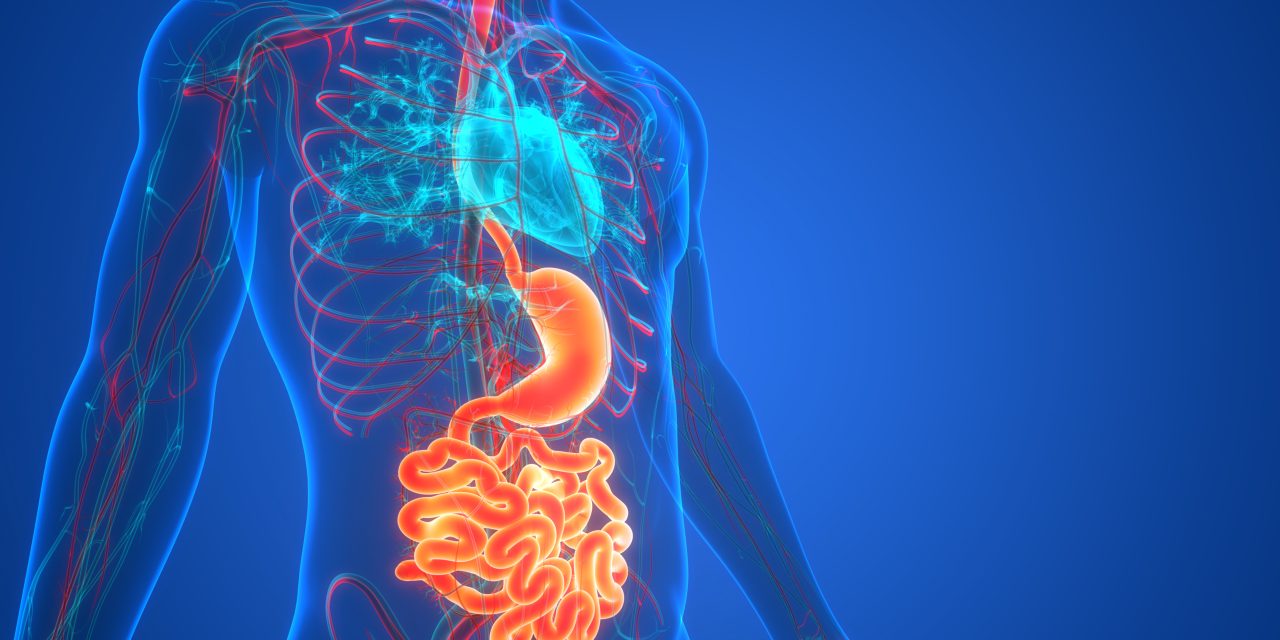The fruits of Phyllanthus emblica Linn or Emblica officinalis Gaertn (Phyllanthaceae), (FPE) commonly known as Indian gooseberry or Amla, gained immense importance in indigenous traditional medicinal systems, including Ayurveda, for its medicinal and nutritional benefits. It is used to cure several diseases such as common cold, fever, cough, asthma, bronchitis, diabetes, cephalalgia, ophthalmopathy, dyspepsia, colic, flatulence, hyperacidity, peptic ulcer, erysipelas, skin diseases, leprosy, hematogenesis, inflammation, anemia, emaciation, hepatopathy, jaundice, diarrhea, dysentery, hemorrhages, leucorrhea, menorrhagia, cardiac disorders, and premature greying of hair.
In the present review, we presented a comprehensive analysis of the ethnopharmacology, bioactive composition, and toxicity of P. emblica to identify the gap between research and the current applications and to help explore the trends and perspectives for future studies.
We collected the literature published before April 2021 on the phytochemistry, pharmacology, and toxicity of FPE. Literature in English from scientific databases such as PubMed, ScienceDirect, Wiley, Springer, and Google Scholar, books. These reports were analyzed and summarized to prepare this review. The plant taxonomy was verified by “The Plant List” database (http://www.theplantlist.org).
s: FPE have been used as a rich source of vitamin C, minerals, and amino acids. Several bioactive molecules were isolated and identified from FPE such as tannins, flavonoids, saponins, terpenoids, alkaloids, ascorbic acid etc. The in vitro and in vivo pharmacological studies on FPE revealed its antimicrobial, antioxidant, anti-inflammatory, anti-diabetic, anticancer, radioprotective, hepatoprotective, immunomodulatory, hypolipidemic, anti-venom, wound healing, HIV-reverse transcriptase effect. Toxicological studies on fruits indicated the absence of any adverse effect even at a high dose after oral administration.
Although FPE showed remarkable therapeutic activities against several diseases such as diabetes, cancer, inflammation, hepatitis B virus, and malaria, there were several drawbacks in some previous reports including the lack of information on the drug dose, standards, controls, and mechanism of action of the extract. Further in-depth studies are required to explain the mechanism of action of the extracts to reveal the role of the bioactive compounds in the reported activities.
Copyright © 2021. Published by Elsevier B.V.
Traditional uses, bioactive composition, pharmacology, and toxicology of Phyllanthus emblica fruits: A comprehensive review.


